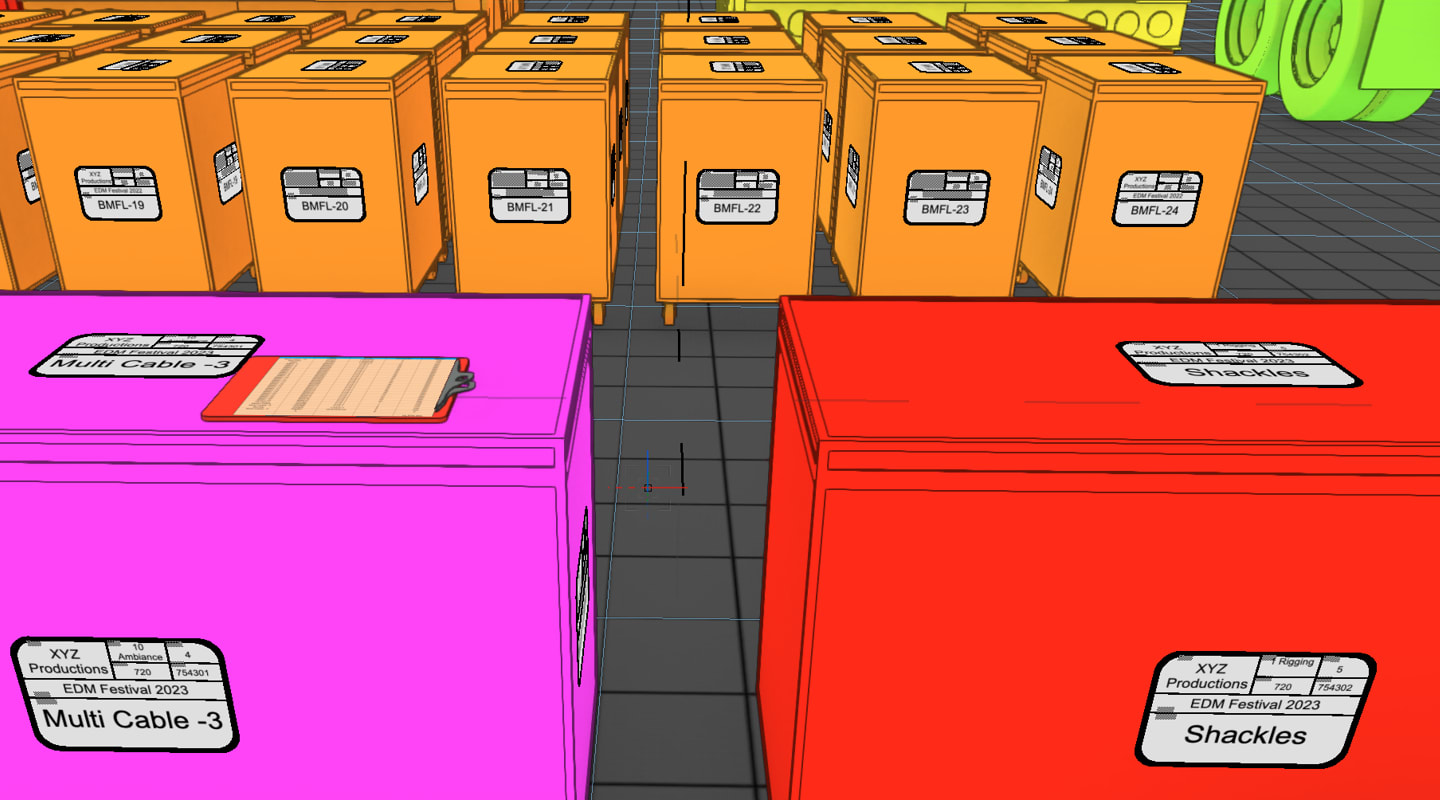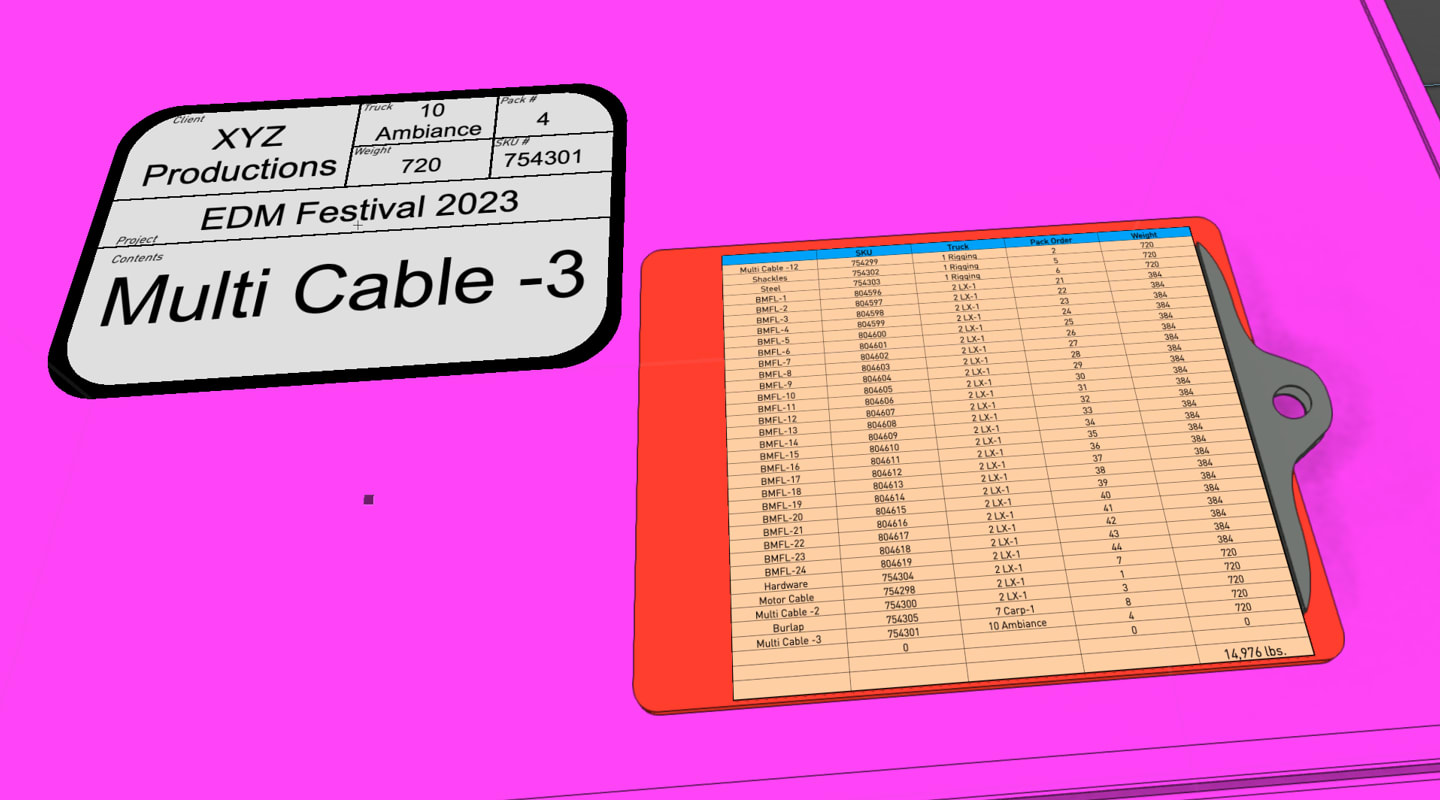Have you ever worked an extraordinarily long day in the world of live events?
That was a joke. Of course you have.
While we can’t quite tell your tour manager to let you go home and get some rest, we can give you some strategies to make your events more sustainable, which in turn can ease some of the burden of those back-breaking days.
Here are five ways you can make the next tour you work on more sustainable:
1. Modular and Reusable Design Elements
If it’s your goal to design, construct, and run more sustainable live events, modular and reusable design elements should be top of mind.
Whether it be fabrics, carpet, plywood, or whatever materials you like to work with, traditionally these materials are used once then wasted in huge quantities.

With modular staging, sets and scenic elements can be put up, torn down, and stored away for future use with relative ease. In fact, on their “At Their Very Best” tour, The 1975’s stunning stage design was built with a modular construction.
In an interview with Variety, the show’s designer, Tobias Rylander, mentioned how almost the entire show can be “put back on the shelf” after the tour concludes, keeping waste to a minimum.
Looking to reuse fabrics or other design elements may also create an exciting creative opportunity for you and your collaborators. Think outside of the box and challenge yourself to reimagine how you can use the same materials
2. Conscientious Lighting Decisions
Lighting fixtures are obviously an important component of most live events, and spending a little more time considering the specifics of your lighting elements is worthwhile. There are plenty of options to choose from, whether it be incandescent lamps, low-wattage LED lights, or a modern video wall.
Incandescent lamps can range from 575 to 750 watts, whereas LED lights tend to be a far lower wattage — and therefore, more environmentally friendly. Video walls, on the other hand, are growing in popularity and pull “double duty” as a set piece and lighting source.
3. Gear Weight Considerations
Considering the environmental impact of transporting your gear and materials is just as important as adopting sustainable design methods. Lighter and more efficiently used gear will keep your transportation costs down.
Additionally, lighter and locally-sourced gear will reduce the amount carbon emissions for transporting your gear.

Our software features weights for all objects; and by using data visualization and worksheets, you can keep detailed records of your equipment to help you make informed choices how you can organize logistics sustainably.
4. Bio-degradable Confetti
Design elements like confetti can create a thrilling vibe for all those in attendance. However, after a cannon goes off, crew members are forced to sweep up the tiny bits of confetti and dump them into trash bags.
As is the case with lots of waste that ends up in landfills, that confetti will inevitably sit in the earth for years and years to come.
So for your next project, why not use biodegradable confetti? It will give you the same Wow factor as traditional confetti but return to the earth much more sustainably.

5. Single-use Consumables
Single-use consumables such as gaff tape, electrical tape, and other materials technicians work with are often used once and then just tossed into a garage or the trash. For your next live event, you and your crew could switch to reusable Velcro straps for managing wires and reusable magnets for marking boxes.
An added bonus? You’ll only have to purchase these materials once, as opposed to countless times on a single tour or before every new event.
If you’re putting on a live event where food and drinks are being served, we also recommend that you try doing away with single-use cutlery, plates, cups, and straws. The Climate Pledge Arena in Seattle, for example, uses biodegradable cutlery for all its food vendors. And, according to the venue’s website,“ The arena will compost its waste and recycling extensively with intentions to remove single-use plastics from the arena by 2024.”
Ultimately, reducing your use of single-use products on your tour will save you money and help save the planet!
There are plenty of designers and professionals who are already leading the charge to create live events that are more sustainable, too. One of these designers is Sooner Rae, who worked on Coldplay’s highly-praised “Music of the Spheres World Tour.” The tour aimed to reduce, reinvent, and restore with an incredibly thorough sustainability plan.
Learn More
To learn more about how Sooner Rae and her collaborators design for some of the biggest names in music, click the button below:
Stay in the know with the latest insights
Subscribers receive news, customer stories, success and learning tips, event information, and other important announcements form Vectorworks.
By submitting this form, you agree that Vectorworks, Inc. and its authorized partners may contact you in regards to news, offers, and the use of our software, services, and platforms. Learn more about our privacy practices and your data on our privacy page.*
